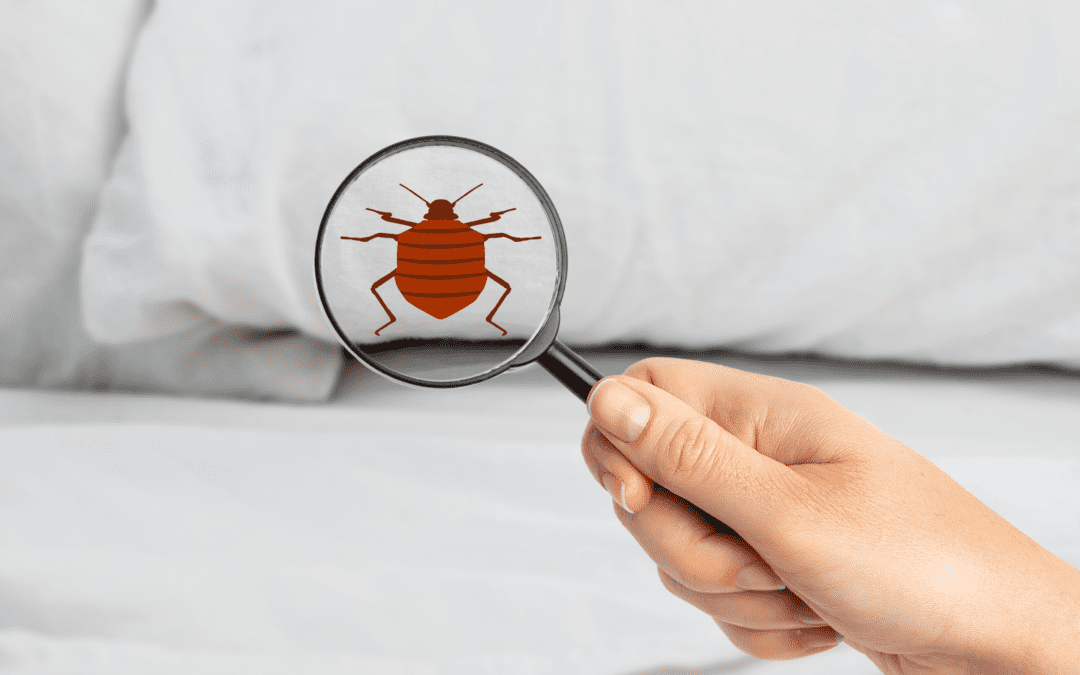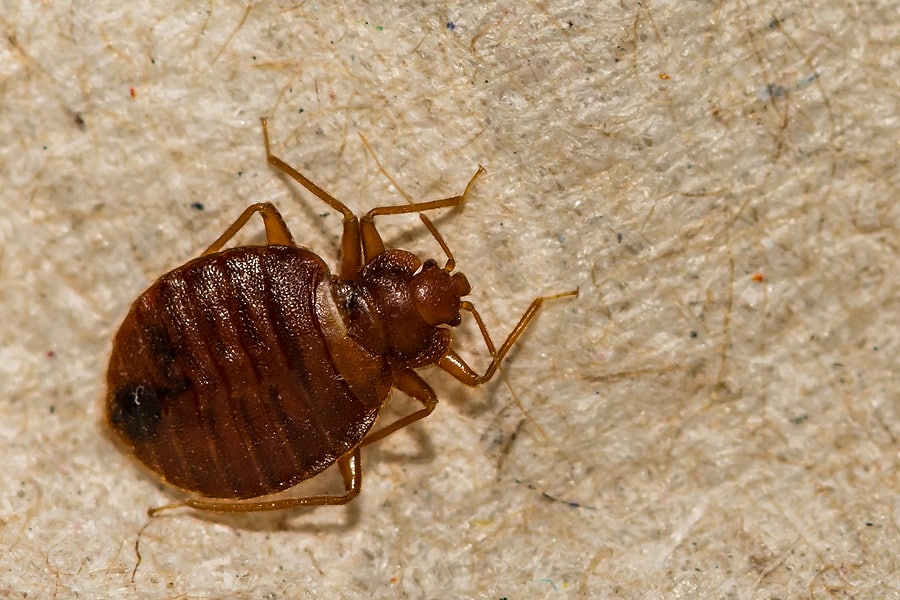READY TO GET STARTED?
REQUEST A FREE ESTIMATE
Fill out the form below or call (336) 226-1448 for a free, no-obligation estimate.

North Carolina’s warm, humid climate creates the perfect environment for bed bugs to thrive. These tiny pests aren’t just a nuisance; they can quickly turn your home into an uncomfortable and stressful environment. Whether you’re hosting holiday guests, moving into a new space, or coming back from vacation, bed bugs can become an unwelcome surprise at any time of year. But when are bed bugs most active in North Carolina, and how can you protect your home? Here’s what every homeowner needs to know to stay ahead of these pests.
The warmer months are prime time for bed bug activity in North Carolina. The rise in temperatures coincides with increased travel, making spring and summer the busiest seasons for these pests. Bed bugs are expert hitchhikers, often sneaking into your home through luggage, clothing, or even guests’ belongings.
Shared spaces like hotel rooms, vacation rentals, and public transportation give bed bugs plenty of opportunities to latch onto their next “ride.” This means your spring break getaway or summer vacation can accidentally bring bed bugs back home with you.
While the temperatures cool down, bed bugs don’t disappear. Fall is when many people move into new homes or apartments, increasing the chance of infestations spreading. These pests can hide in moving trucks, used mattresses, or even furniture left behind by previous tenants.
Additionally, the cooler weather often drives more time spent indoors, which can unintentionally give bed bugs more opportunities to travel from one home to another through visitors or shared spaces.
Contrary to popular belief, bed bugs don’t hibernate in the winter. Thanks to North Carolina’s relatively mild winters and the use of indoor heating systems, they stay active year-round. The holiday season also brings increased travel and overnight houseguests, creating prime opportunities for bed bugs to spread.
Indoor heating provides a warm environment for bed bugs to thrive, while bedrooms, sofas, and carpets offer plenty of hiding spots for their populations to grow unnoticed.
Regardless of the season, bed bugs can be a persistent problem. Here’s how you can reduce your risk and address infestations early on.
Bed bugs are one of the most difficult pests to eliminate without expert help. They’re resilient, multiply quickly, and can hide in places you might not expect. Professional pest control services have the tools, treatments, and expertise necessary to completely eradicate an infestation when bed bugs are most active.

Even though bed bugs can be removed with heat treatments, it doesn’t mean that they completely hate the heat. What it does mean is that bed bugs are still very active in the South, especially in North Carolina. When the heat is in the ‘80s and ‘90s, this increases activity for bed bugs. It’s best for every homeowner to begin preventing them now, so you can sleep soundly at night.
Bed bugs are tiny, oval, brown insects that feed on the blood of animals or humans. About the size of an apple seed, these pests are known to be passive spreaders, as they won’t spread from house to house but instead spread by hitchhiking. .
Bed bugs can enter your home undetected through luggage, clothes, used beds, used furniture, and other items. Being most active at night, that is when they will make their move to bite you and have their meal. If you discover you have bed bugs, you will need to move fast. They can produce up to 3 generations within a year, so they spread quickly.
Some ways to prevent bed bugs include:
If you believe your home has become infested with bed bugs, be sure to reach out to your local pest control company, and a technician will be able to come up with the best bed bug control solution for you.

While the holidays can be filled with fun and travelling to see family, one side effect that isn’t fun is dealing with bed bugs. Bed bugs are active all year but are more likely to infest your home after a trip. Below are a few tips to help prevent bed bugs now and throughout the year.
Inspect your hotel room or rental for signs of bed bugs before bringing your luggage inside. It’s more common for hotels to have issues with bed bugs, regardless of the price or popularity, so it’s important to check every room. Bed bugs can be found in any type of furniture in the cracks and crevices, not just beds. Make sure you check sofa cushions, chairs, behind headboards, and around mattress corners. Look for evidence of bed bugs, which will usually be very small, dark-colored stains. Another indication of bed bugs is skin shells that have been shed during their growth phases.
If any bed bugs evidence is found, request a different room or change your accommodations. If you do change rooms, make sure you are not right next door to the infested room.
More often than not, bed bugs will go unnoticed because of their small size and nocturnal behavior. Even if you inspect your room and don’t find anything, be cautious when unpacking your clothes. Do not leave your luggage lying on any furniture. After inspecting, use the luggage racks provided by most hotels.
After you’ve returned home, don’t bring your luggage directly inside. Seal them in plastic bags or containers and store them for a few weeks somewhere outside of your home. You can take further precautions by steaming or vacuuming your bags before storing them.
It’s possible to take all of these precautions and still bring bed bugs indoors. If you’re experiencing bed bug bites or are seeing evidence of bed bugs, contact a professional pest control company to assess the situation. An exterminator can determine the best bed bug control plan and provide you with recommendations to prevent further infestations.